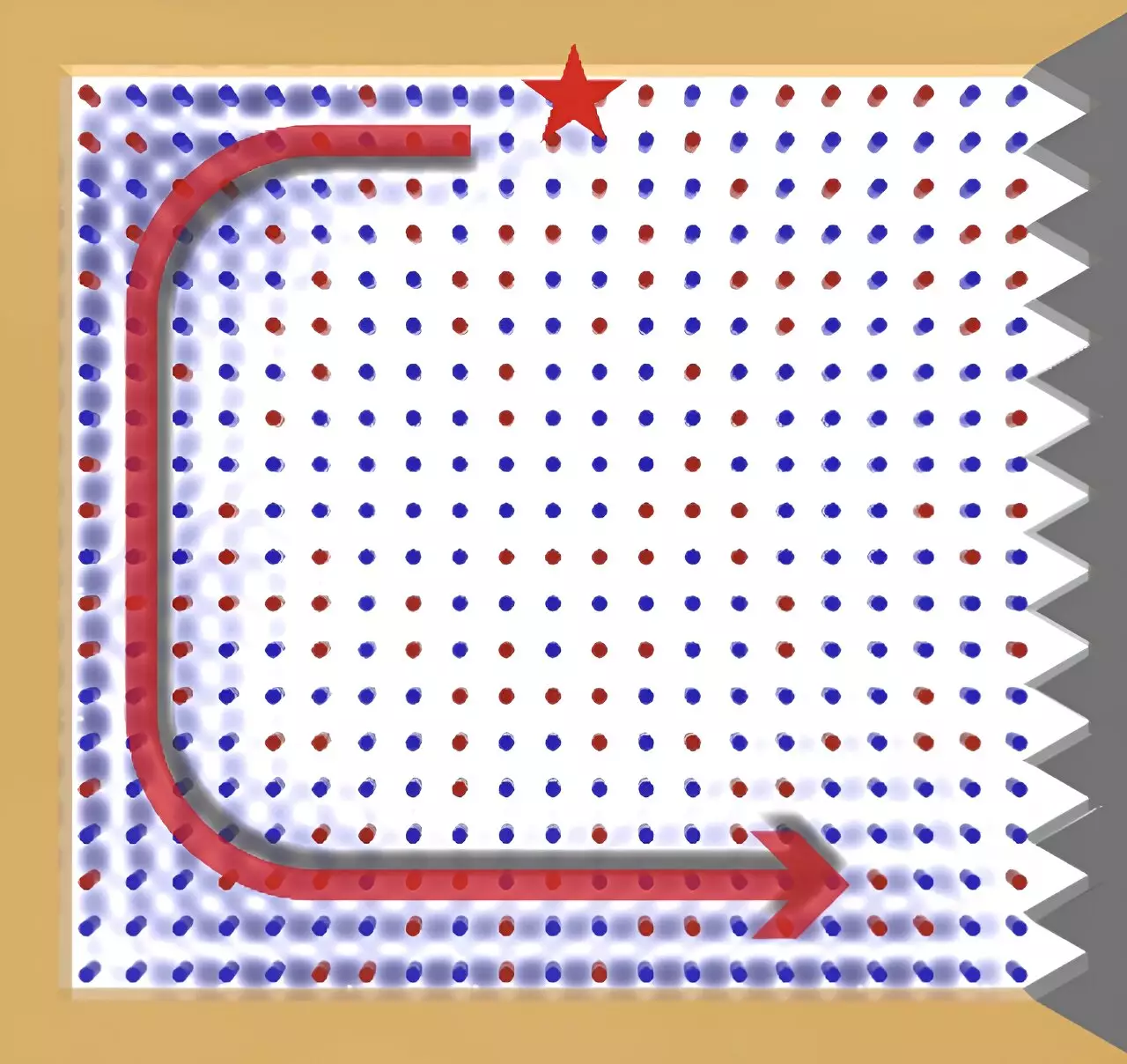Light backscattering in photonic alloys has been a major obstacle in the development of structures that control the propagation of electromagnetic waves. While these materials hold great potential, the reflection of light back in the direction of origin has limited their efficiency as waveguides. Researchers have been exploring various methods to reduce or prevent light backscattering to improve the performance of photonic alloys.
Recently, researchers from Shanxi University and the Hong Kong University of Science and Technology introduced a new photonic alloy with topological properties that allow the propagation of microwaves without light backscattering. This cutting-edge material combines nonmagnetized and magnetized rods in a nonperiodic 2D photonic crystal configuration to create chiral edge states in the microwave regime.
The fabrication of the photonic alloy involved randomly mixing yttrium iron garnet (YIG) rods and magnetized YIG rods made of substitutional or interstitial alloys. The researchers utilized a vector network analyzer to establish connections between the source and probe antennas. Circular holes in a metal plate were used for inserting both antennas, facilitating the collection of data on the intensity and phase of electromagnetic waves.
By using a metal cladding with a Chern number of zero as a “topologically trivial material,” the researchers observed the emergence of a topological edge state at the boundary when covering a photonic topological insulator with a Chern number of 1. This aligns with the principle of bulk-edge correspondence. A microwave absorber was employed to suppress the transmission of boundary states and prevent the formation of closed loops that could interfere with accurate characterization of nonreciprocal phenomena.
The experiments conducted by the research team revealed that the topological photonic alloy exhibited topological properties even with a low doping concentration of magnetized rods, without the need for order. This discovery opens up possibilities for realizing chiral edge states without breaking time reversal symmetry in a crystal. The researchers envision exploring multicomponent topological photonic alloy systems in future studies to manipulate various parameters and achieve a wider range of effects.
Looking ahead, the researchers plan to extend their findings to the optical domain, which could lead to new opportunities for manipulating light and developing innovative photonic devices. Exploring similar phenomena in optical frequencies and assessing their relevance for photonics applications present exciting prospects for further research and advancements in controlling light backscattering.


Leave a Reply